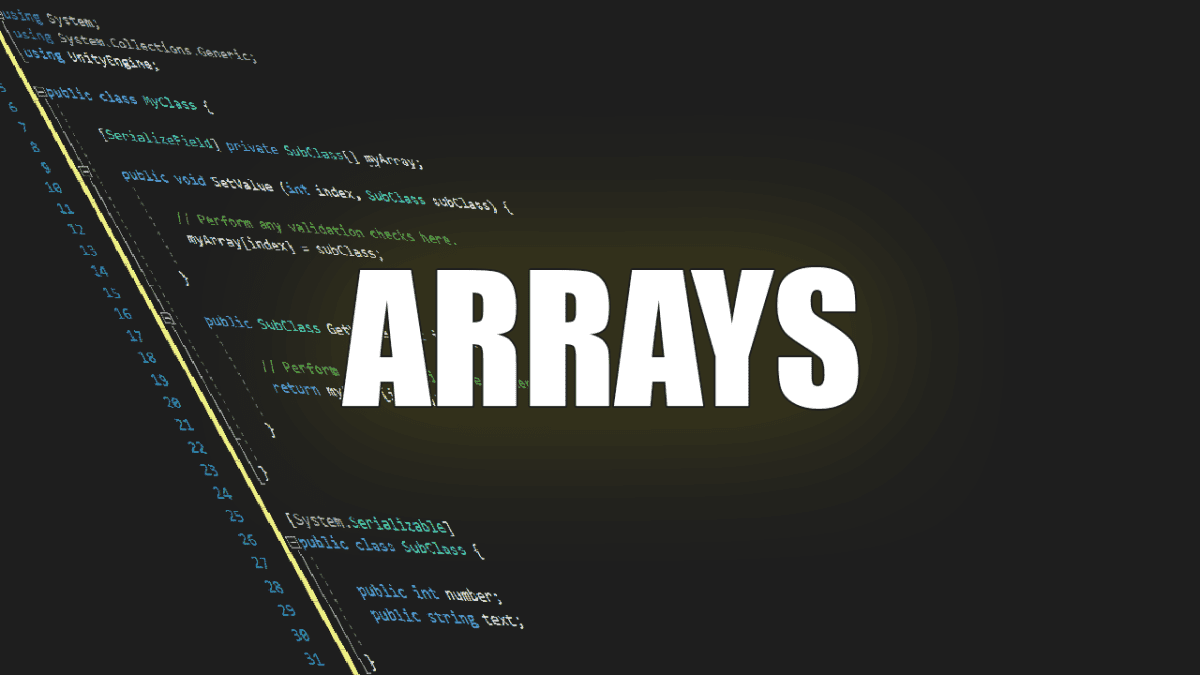

This will bring up a floating window with all the available materials. Here we are going to add the “Default-Diffuse” material by clicking the tiny circle with a dot in it, which is just to the right of the textfield (I always wondered if whoever was coding this was into mensural notation, but I digress…). The slot next to “Material 0” should say “None (Material)”. You might also have to expand the Materials submenu within the MeshRenderer component.

Select and if needed expand the MeshRenderer component. To do this, once again make sure “SingleFace” is selected in your Hierarchy. One last thing to add is a material to the MeshRenderer itslef, let’s use Default-Diffuse for now. Next, we add a MeshRenderer… its function is self-explanatory and we find and attach it the same was as we did with the Script and MeshFilter above. While the “SingleFace” GameObject is selected, click “Add Component”, and like before start typing “MeshFilter” into the search bar until it shows up, click it and attach it to “SingleFace”. This is the interface that allows us to upload and store our new mesh data to be rendered by the Unity Graphics API.
Unity 3d array how to#
We will need to step back a bit to talk about the makeup of a mesh and how to deal with the data associated with it, but first let’s quickly finish the setup of our “SingleFace” GameObject so it is ready to go once we have written the code to generate a mesh.įirst we need to add a MeshFilter object. Mesh() is a class that allows a script to create, interact, and modify the mesh data to be rendered by Unity via scripting… meaning by writing code. The heart of any terrain is the Mesh object. You can set this under Preferences, External Tools). Double-click the file to open it in Visual Studio (or whatever environment you have set for editing your scripts.


 0 kommentar(er)
0 kommentar(er)
